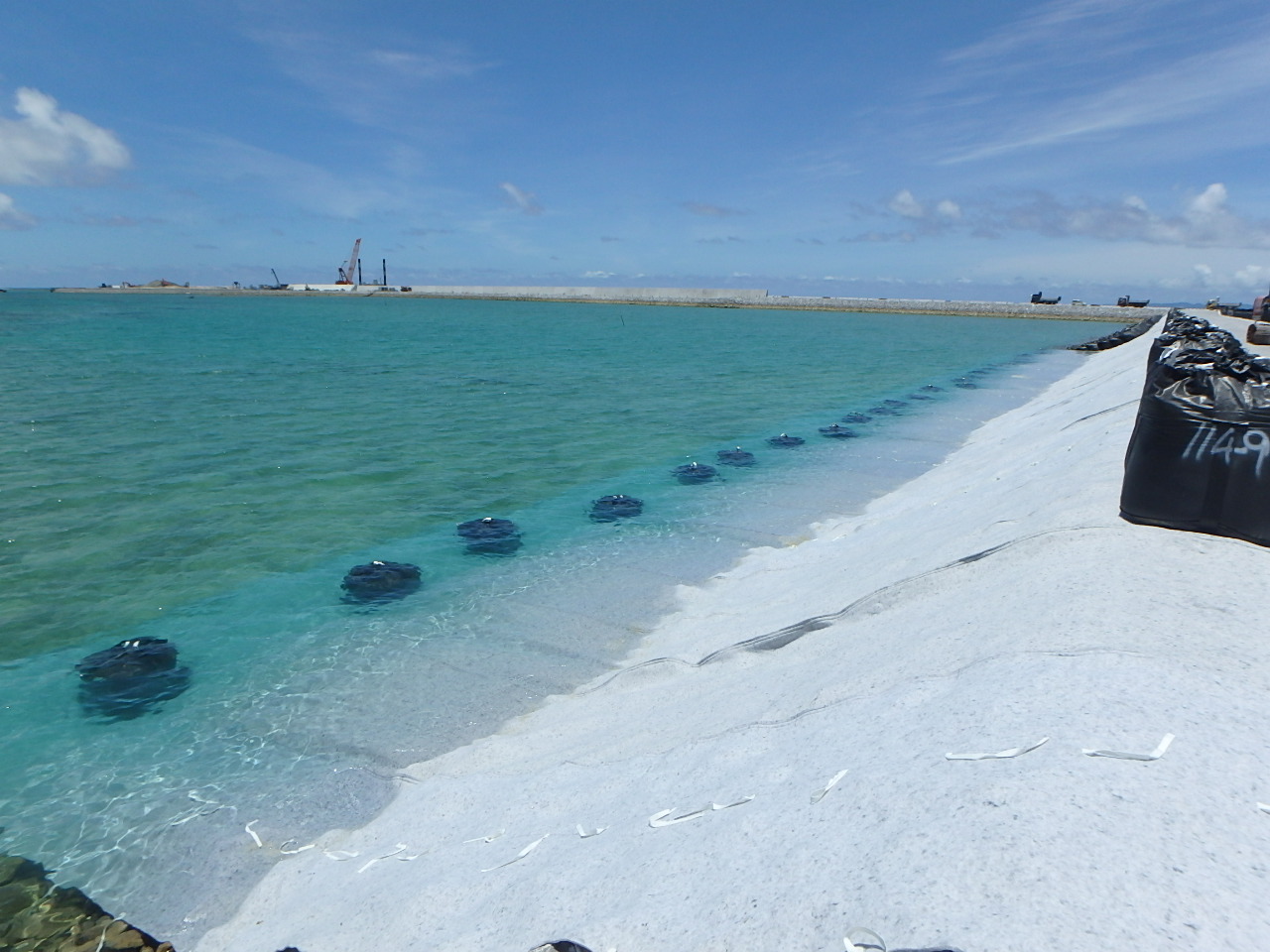2023-08-08 カーディフ大学
◆シュロップシャーの川で行われた実験で、リーキーバリアが洪水時に水を蓄える能力があり、洪水を遅延させて下流の地域を保護できることが明らかになりました。バリアは低コストで、狭い河道で特に効果的であり、生物多様性の向上にも寄与します。政府や産業界にとって有用な情報であり、今後の洪水防御策の開発に役立つことが期待されます。
<関連情報>
- https://www.cardiff.ac.uk/news/view/2735456-beaver-like-dams-can-enhance-existing-flood-management-strategies-for-at-risk-communities,-study-finds
- https://www.sciencedirect.com/science/article/pii/S0022169423006868?via%3Dihub
河川内の漏水遮断堤の背水と貯水量をフィールドベースでモニタリングした結果、暴風雨時の貯水量が増加した。 Field-based monitoring of instream leaky barrier backwater and storage during storm events
Valentine Muhawenimana, Elizabeth Follett, Ian Maddock, Catherine A.M.E. Wilson
Journal of Hydrology Available online: 31 May 2023
DOI:https://doi.org/10.1016/j.jhydrol.2023.129744

Highlights
•Field monitoring of a natural flood management test reach in the UK was undertaken.
•Photogrammetry DEM and DTM Lidar data used to quantify water storage performance.
•Maximum leaky barrier backwater rise varied from 0.4 to 0.8 m.
•102 m3 additional water storage provided by one barrier during 4 yr return period storm.
•Up to ∼ 10,700 m3 additional water storage estimated for full test reach.
Abstract
Engineered leaky barriers are increasingly used as natural flood management methods providing ecosystem and water quality benefits in addition to flood attenuation, complementing hard engineering flood defences. Field-based monitoring of a natural flood management site, Wilde Brook in the Corvedale catchment, England (UK) studied the rainfall-runoff relationship for a 5.36 km reach with 105 leaky barriers over two years. Paired pressure transducers were placed upstream and downstream of three channel spanning leaky barriers, allowing evaluation of upstream backwater rise relative to rainfall intensity, storm magnitude, and frequency. By increasing backwater rise, the leaky barriers caused overbank flows, resulting in a reduction in the cross-sectional area velocity after the event. The incidence of overbank flow depended on the local stream cross-sectional profile, barrier properties, location in the reach, and storm magnitude. Barrier operational flow conditions were classified into five modes according to relative bank inundation and barrier submergence extent. The backwater rise magnitude depended on barrier physical properties and evolution over time through cycles of accretion and build-up of brash and leafy material in the barrier, in addition to local bedload sediment transport dynamics, where instances of scour around the barriers were observed. Backwater rise and net volume hydrographs showed rapid filling up behind the barriers on the rising limb and slower water release on the falling limb. For a ∼ 4 yr return period storm event, results indicated that one leaky barrier increased storage volume by up to 102 m3, which translates to an overall net volume increase of ∼ 10,700 m3 for the full reach. These new findings provide quantitative evidence of leaky barrier backwater and storage performance, and leaky barrier design recommendations for storms up to a 4 yr return period. This evidence can be used to develop and validate flood modelling generalised approaches for smaller, more frequent storms, and work towards the development of an approach for modelling leaky barriers for larger storm magnitudes.



